Are feature walls still a thing – or just totally passé these days? The designers speak out
There was a time when an accent wall was seen as super stylish and the only way to inject character into a space but 'things have evolved,' say the experts
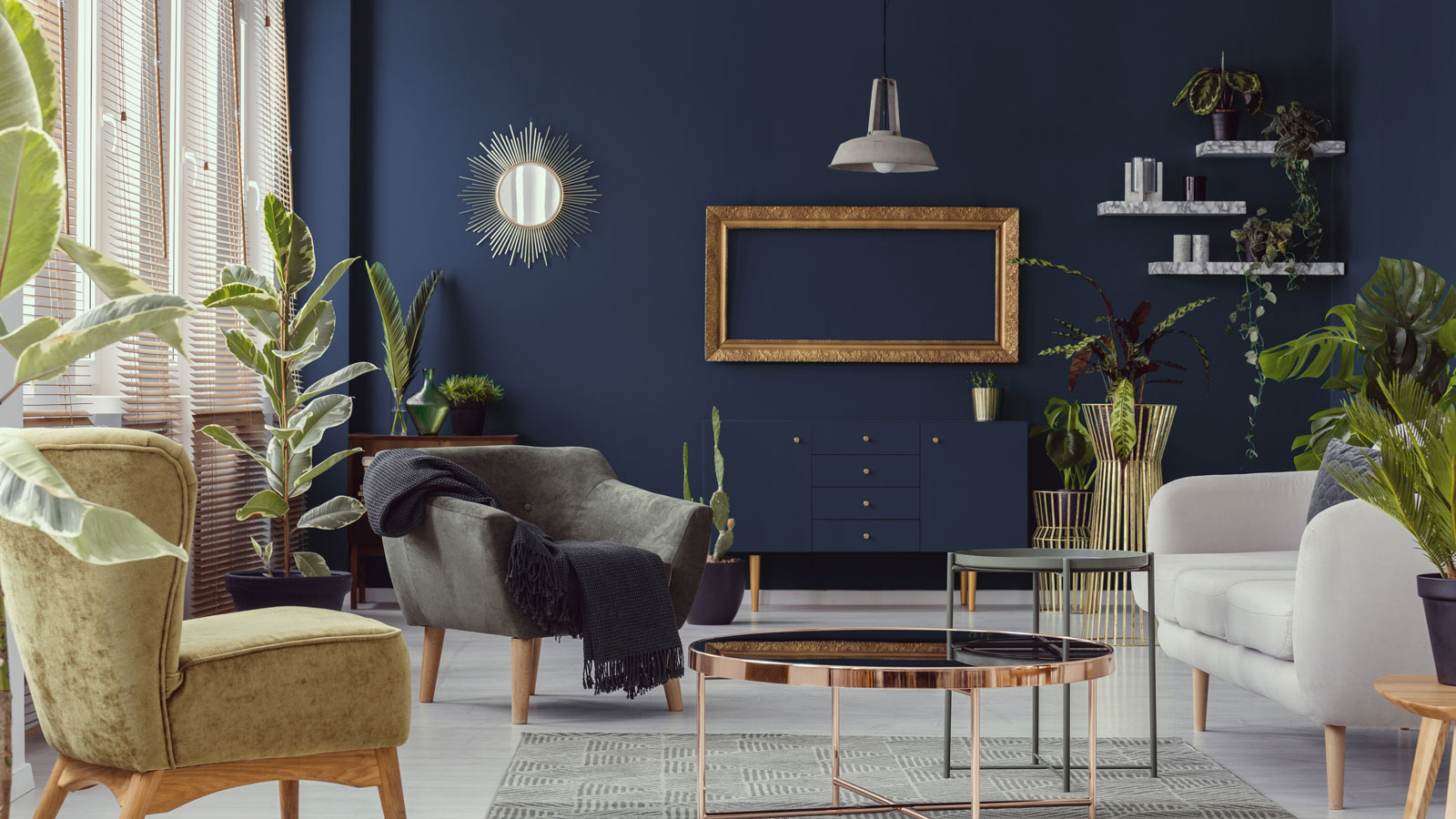
If you're old enough to recall the slew of quick-fix makeover shows that dominated our screens in the evenings during the late 1990s, you'll be no stranger to the world of feature walls. In fact, according to the celebrity interior designers at the time, no self-respecting living room design could be without one.
The most common way to achieve a feature wall was simply to paint it in a bold, often contrasting, hue in order to make it stand out from the rest of the room. No matter if the chosen colour suited the space or its natural light levels – or even if the homeowners particularly liked it. The main thing was, there was an accent wall, supposedly there to add character and personality.
All of that said, there was something to be said about creating visual interest in this way. We asked a range of top interior designers for their opinions and they came back with some brilliant tips on how to create an accent wall to be proud of.
Are feature walls still in fashion?
I am currently in the process of redecorating my teenage daughter's bedroom. She's been busy researching dark bedroom ideas and wanted the chimney breast to be panelled and then painted a deep charcoal shade, keeping the rest of the walls a warm white. Just as I was getting started on the project, I hesitated. After all, 2025 has been dominated by the colour-drenching trend – basically the complete opposite of a feature wall. However, after chatting to the design experts, I decided we were probably ok to proceed, with care.
"Feature walls aren’t necessarily out of fashion, but the way they’re done has definitely evolved," explains Debbie Leigh, design manager at ILIV. "Bold, single-colour walls or heavily patterned wallpapers can feel dated if overdone, but a carefully considered feature wall can still add personality to a room in a modern way."
"Feature walls aren’t out of fashion, but the trend has definitely shifted," picks up Marta Balazs, interior designer at Embee Interiors. "Today, it’s less about painting one wall a bold colour for contrast, and more about creating a balanced, intentional focal point that complements the room’s shape, layout and existing features."
"Whilst accent walls aren’t over, think about the impression you wish to make and then set about finishing your wall accordingly," advises interior designer Benji Lewis of Benji Lewis Design. "Applying a coat of different coloured paint to a wall or covering a single wall with an ill- considered choice of wallpaper, just looks like you can’t be bothered."
Bring your dream home to life with expert advice, how to guides and design inspiration. Sign up for our newsletter and get two free tickets to a Homebuilding & Renovating Show near you.
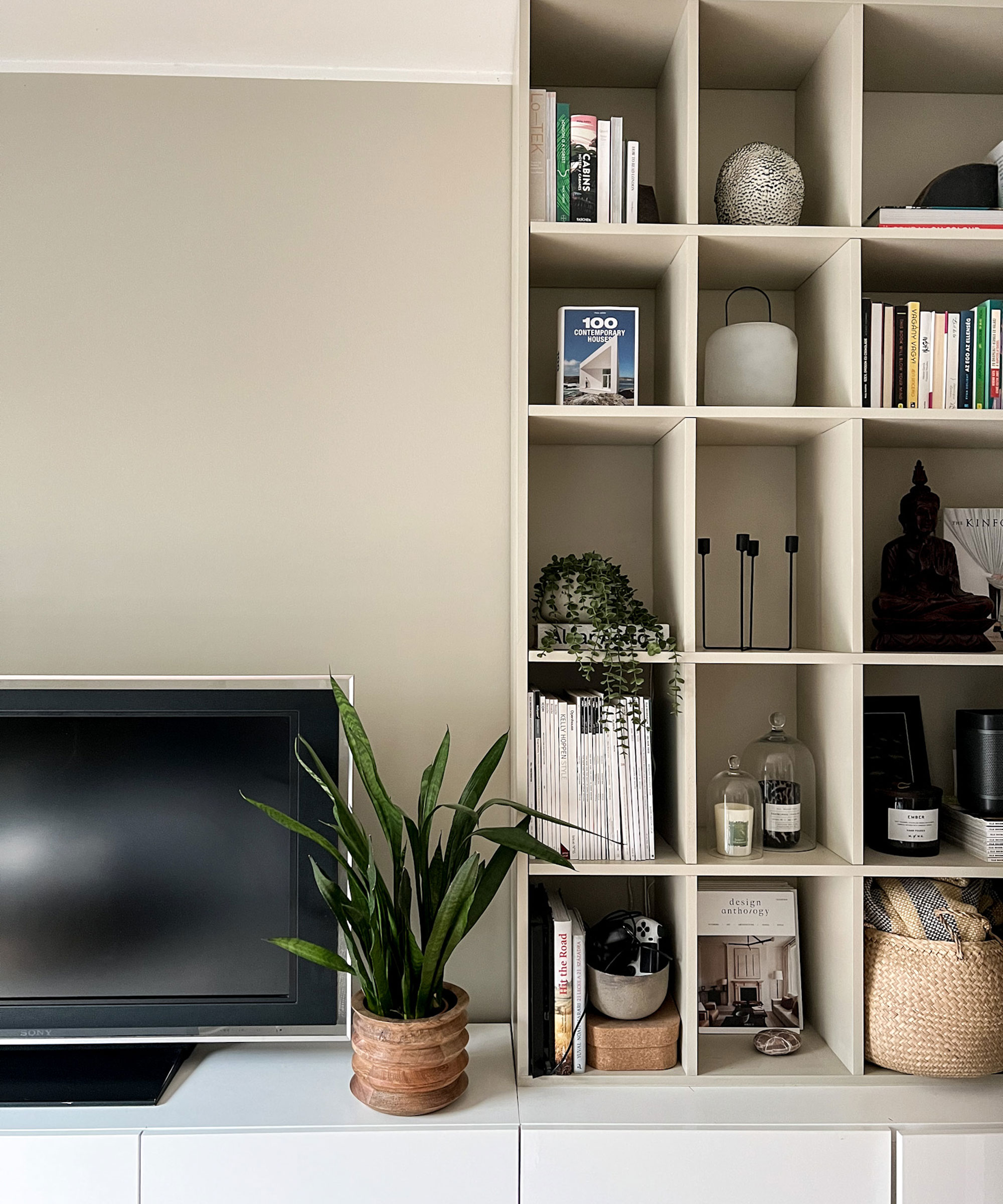

Marta is London-based interior designer and founder of Embee Interiors. She specialises in helping homeowners create functional, timeless and calming spaces that inspire a sense of well-being – with a touch of Scandinavian style.

Debbie is an expert in creating beautifully coordinated fabric collections that can be easily combined to create harmonious interior schemes. With more than 30 years of experience, she takes every design from conception right through to the finished textile - inspired by the latest trends and techniques from every continent.
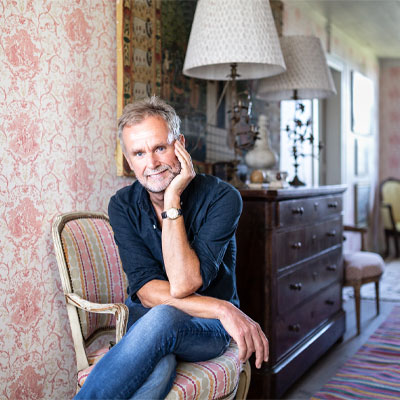
Benji Lewis is an established British interior designer with extensive experience working on residential and commercial properties both at home and abroad. These include flats and studios, town and country houses, listed properties and commercial spaces. Benji trained at the KLC School of Interior Design and worked for Bonhams Auctioneers and a major Interiors house in London before successfully setting up on his own in 2004.
How do you create a modern feature wall?
So it seems that feature walls do still have a place in the world of stylish interiors, but just how do you go about creating one that looks fresh and offers the timeless feel that those after modern living room ideas would feel comfortable with?
"Feature walls haven’t disappeared from interior design, but the trend has evolved," explains James Mellan-Matulewicz, creative director and interior designer at Bobbi Beck. 'The bold, single statement wall that dominated the 2000s and 2010s has been replaced by more creative and sophisticated ways to add character and personalisation to your home.'
"In most cases, I steer clients away from a single painted wall just for the sake of it," reveals Marta Balazs. "A feature wall only works when it’s intentional and integrated into the room’s design. Materials, textures, or tonal contrasts that work with the rest of the space tend to create a timeless, modern look that still feels fresh."
"If you’re set on creating a feature wall, think about using texture and subtle pattern rather than a strong, dominating colour," advises Debbie Leigh.
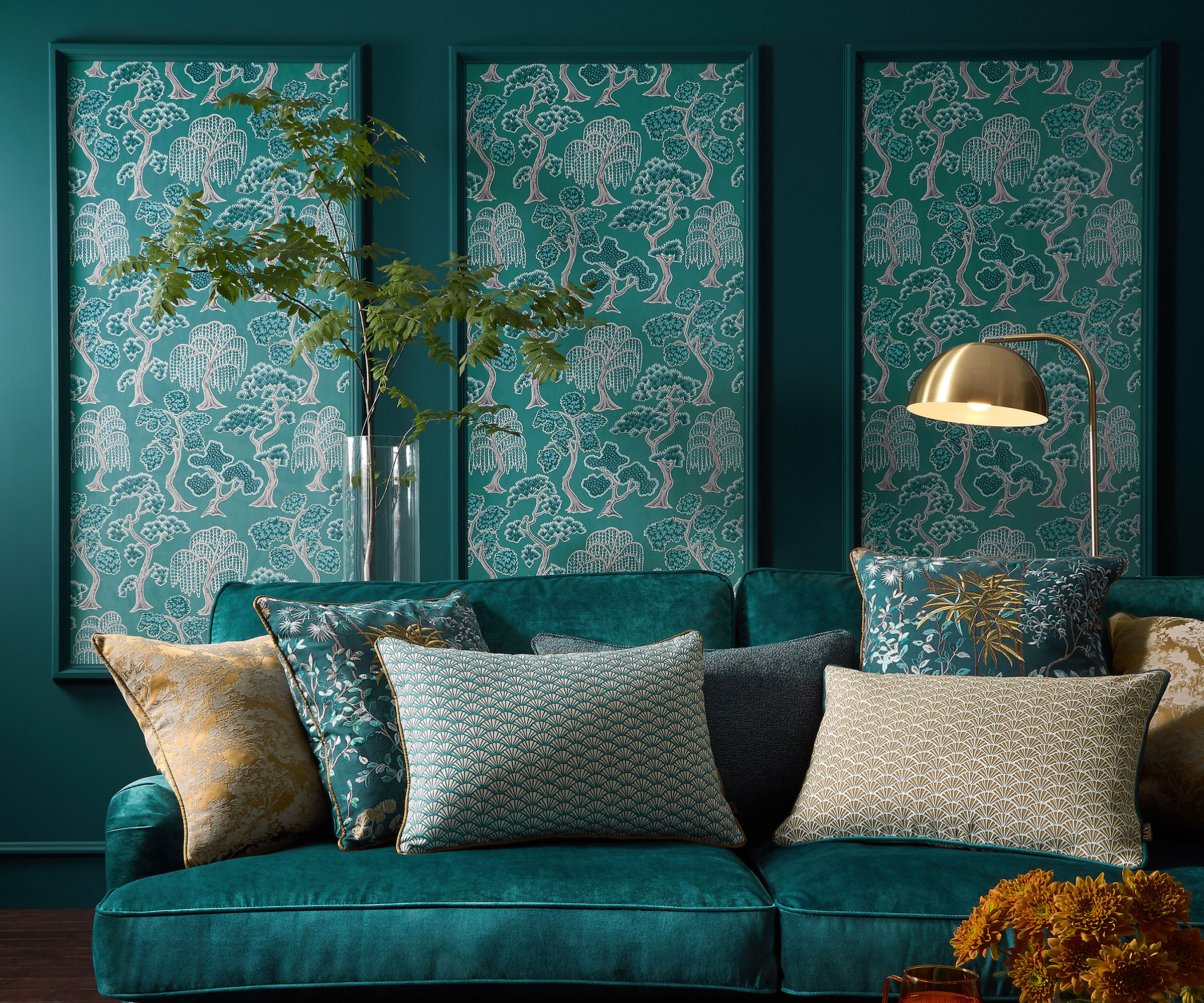

James is the creative director and interior designer at design brand Bobbi Beck. He has over a decade of experience as a multidisciplinary designer, working across interiors, styling and art direction.
How do you turn a wall into a feature?
It seems that just painting a single wall a different colour and expecting eye-catching results just won't suffice these days, so exactly how do you turn a wall from bland to beautiful?
"Consider textures and materials like timber panelling, fluted detailing, decorative types of plasterwork, or even wallpaper with understated patterns," says Marta Balazs. "These will add depth without overwhelming the space."
"Linen wall coverings, woven panels, or textured paints can add interest – plus they have the added bonus of feeling timeless," adds Debbie Leigh. 'Another approach is to let fabrics inspire your wall by looking to a colour or pattern from your curtains, cushions, or an upholstered headboard to guide your choice."
"A single wall finished with a timelessly lovely panoramic paper (a wallpaper that depicts a scene) can add a great contemporary angle," suggests Benji Lewis. "Don’t overlook the colour you paint the other walls in your room – make your paper and paint choices blend as a whole."
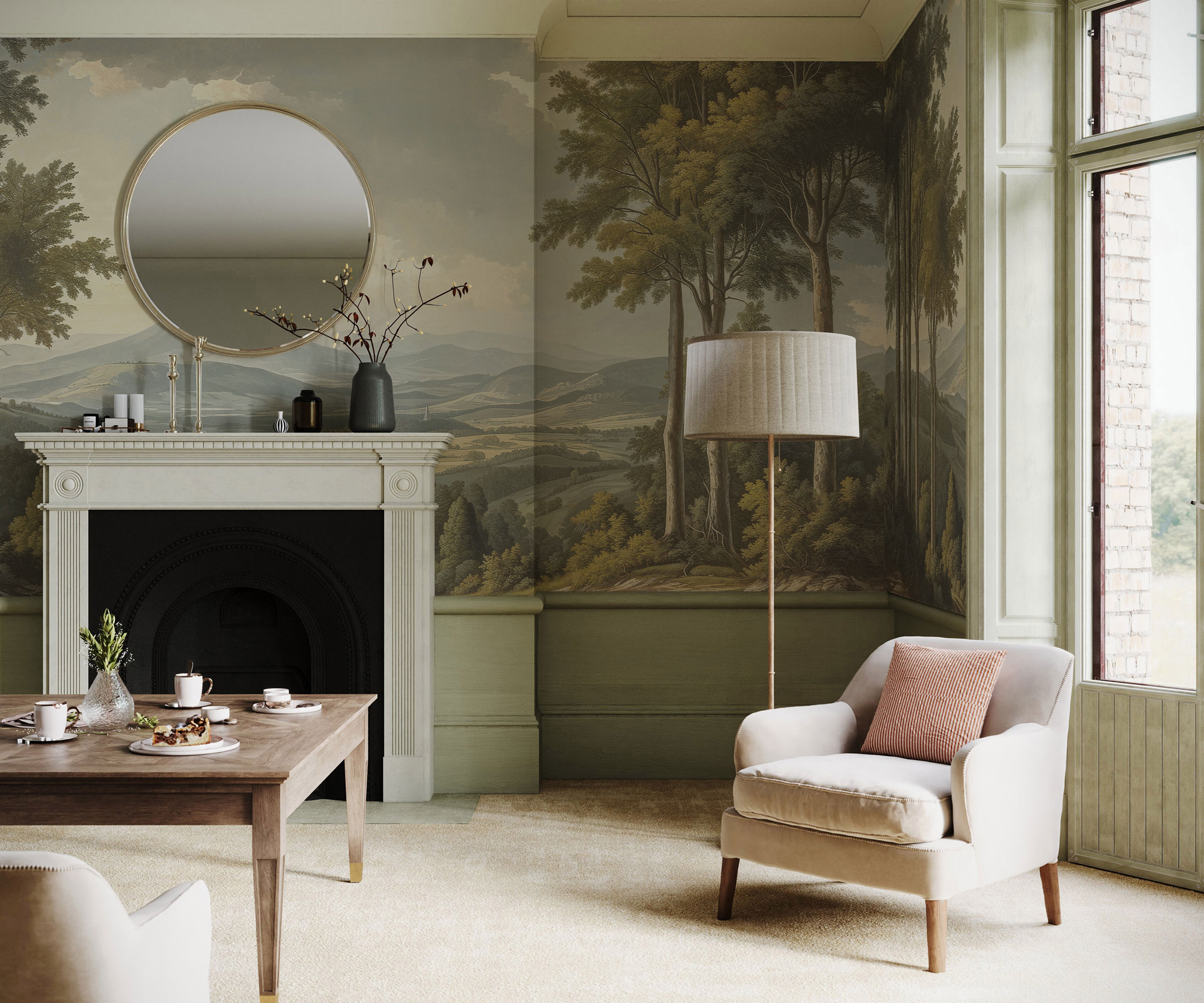
Shop feature wall coverings
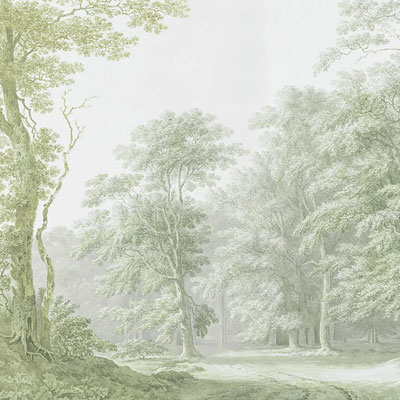
Designed to transport you away to the grounds of a stately home, this 400cm x 280cm paper mural is made-to-order and available in a range of muted colours, from this soft sage to subtle beige.
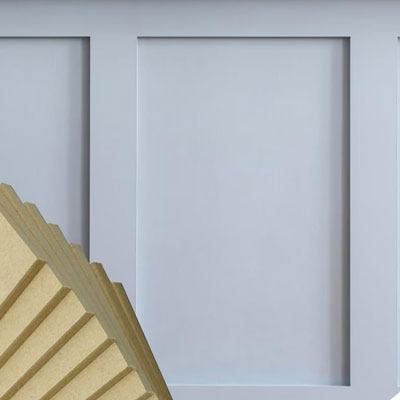
Wall panelling kits are perfect for a quick transformation and this Shaker-style kit even includes the adhesive needed to stick it to the wall. With five 1000 x 100 x 9mm strips, you'll have a feature wall in no time at all.

A beautifully warm soft black paint with deep blue undertones, this shade is perfect for a feature wall, particularly when combined with crisp white and warm metallic details such as shelving, mirrors and artwork.
Consider wall panelling for a feature wall
It isn't just paint and wallpaper that can be used to create a feature wall – wall panelling ideas make a brilliant alternative.
"I’d definitely explore options like adding a panelling effect to a wall in a room were I to embark on an accent wall," says Benji Lewis. "Just apply strips of MDF to your wall to create the impression of it being panelled and then paint onto that, either in the same colour as all the walls, allowing the panelled effect to be your accent, or paint the panelled wall in a contrasting colour."
"There is a strong emphasis on texture and natural materials within interiors right now," adds James Mellan-Matulewicz. "Wood panelling, for example, is increasingly popular, offering a warm, homely look. Simple tongue-and-groove or Shaker-style panelling can adapt to different interior trends just by changing the paint colour or finish. When combined with paint or wallpaper above, panelling helps tie a space together, giving a room a more structured and cohesive feel."
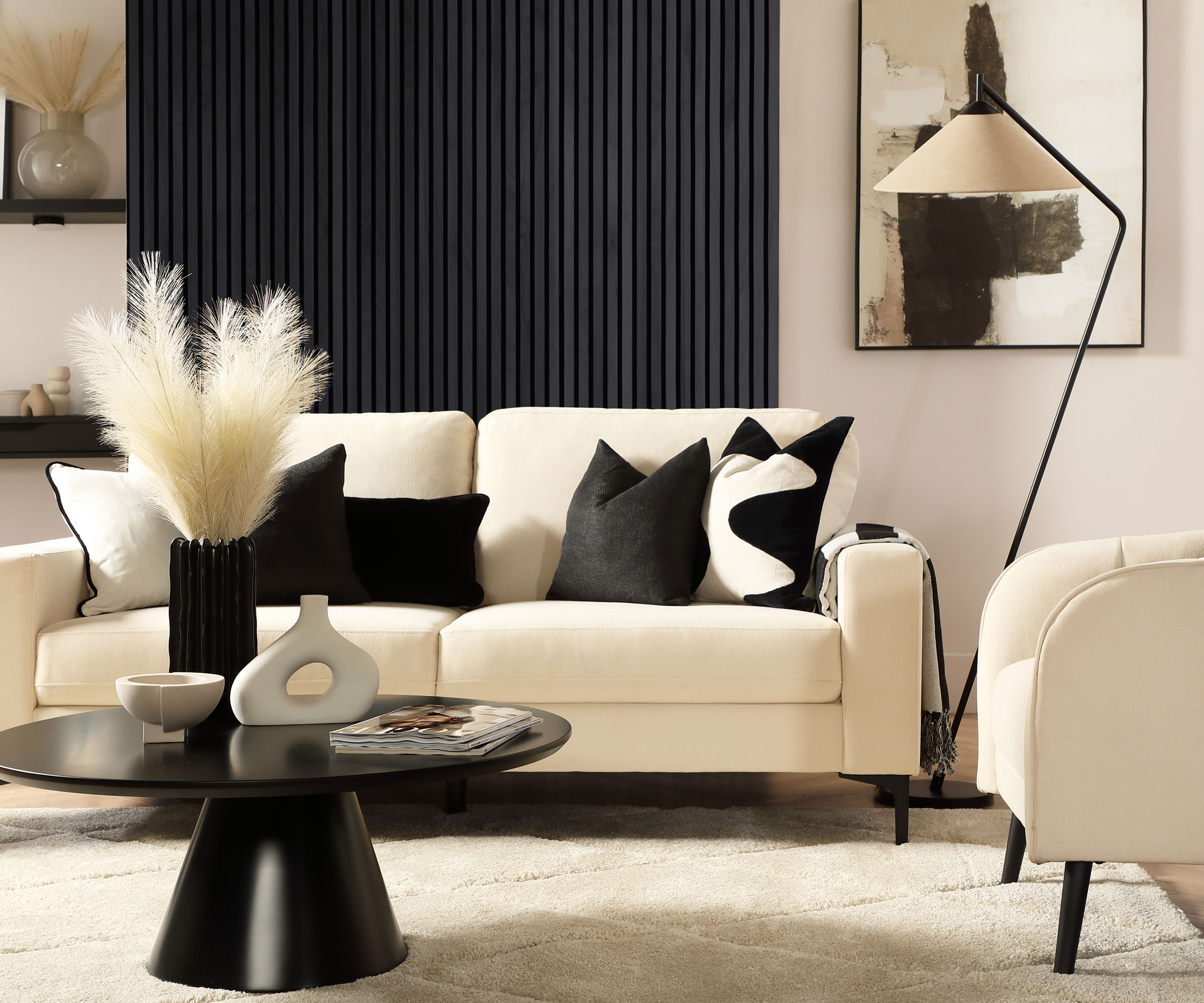
FAQs
How to choose the right wall to highlight?
One of the secrets to success when it comes to feature walls is choosing the right wall for the job.
"Rather than using the largest wall in the room by default, choose a wall that naturally draws the eye, for example, behind a bed, a fireplace, or a seating area," advises Debbie Leigh.
"It’s really important to consider the full room, its proportions, natural light, and architectural elements, before deciding on a feature wall," picks up Marta Balazs. "A wall becomes a feature for a reason: it should emphasise something that’s already a focal point, such as a fireplace, shelving, or built-in storage, rather than trying to create drama where none exists."
Can you create a feature from more than one wall?
It is important to note that, in some cases, using more than a single wall to create dramatic house design ideas in a space can work better.
"Wrap-around murals are one of the most exciting trends in interior design, transforming rooms into immersive, atmospheric spaces," explains James Mellan-Matulewicz. "Unlike traditional feature walls, these murals extend across several walls – and sometimes the ceiling – creating a seamless effect that makes a room feel larger and more cohesive.
"The beauty of wrap-around murals lies in how they remove visual boundaries, uniting walls and corners in one continuous story," continues James. "With modern, made-to-measure printing, designs can be tailored perfectly to fit any space. The result is a room that feels unique, expressive, and effortlessly stunning. Designs inspired by nature, such as landscapes and botanicals, work well because they have a sense of calm and permanence. A mural that complements the room’s architecture and palette, instead of dominating it, will always feel relevant."
Loving the idea of of a wrap-around mural? Read up on how to wallpaper to ensure you get a super smooth, perfect finish.
Natasha was Homebuilding & Renovating’s Associate Content Editor and was a member of the Homebuilding team for over two decades. In her role on Homebuilding & Renovating she imparted her knowledge on a wide range of renovation topics, from window condensation to renovating bathrooms, to removing walls and adding an extension. She continues to write for Homebuilding on these topics, and more. An experienced journalist and renovation expert, she also writes for a number of other homes titles, including Homes & Gardens and Ideal Homes. Over the years Natasha has renovated and carried out a side extension to a Victorian terrace. She is currently living in the rural Edwardian cottage she renovated and extended on a largely DIY basis, living on site for the duration of the project.

